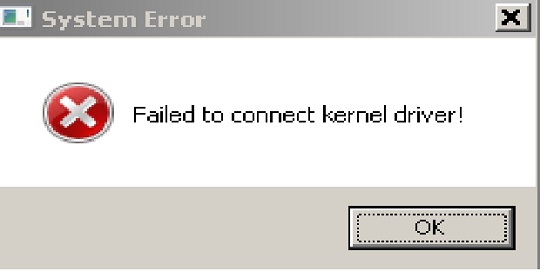Trojan.Win64.HELPERDRIVER.A
Windows

Threat Type:
Trojan
Destructiveness:
No
Encrypted:
Yes
In the wild::
Yes
OVERVIEW
It arrives on a system as a file dropped by other malware or as a file downloaded unknowingly by users when visiting malicious sites.
TECHNICAL DETAILS
Detalles de entrada
It arrives on a system as a file dropped by other malware or as a file downloaded unknowingly by users when visiting malicious sites.
Instalación
Infiltra los archivos siguientes:
- %User Temp%\pE6KNzQ.sys ← copy of {Malware Path}\pE6KNzQ.sys
(Nota: %User Temp% es la carpeta Temp del usuario activo, que en el caso de Windows 2000(32-bit), XP y Server 2003(32-bit) suele estar en C:\Documents and Settings\{nombre de usuario}\Local Settings\Temp y en el case de Windows Vista, 7, 8, 8.1, 2008(64-bit), 2012(64-bit) y 10(64-bit) en C:\Users\{nombre de usuario}\AppData\Local\Temp).
)Finalización del proceso
Finaliza los procesos siguientes si detecta que se ejecutan en la memoria del sistema afectado:
- DbServer.exe
- CNTAoSMgr.exe
- iCRCService.exe
- LogServer.exe
- LWCSService.exe
- Ntrtscan.exe
- OfcDdaSvr.exe
- OfcService.exe
- PccNt.exe
- PccNTMon.exe
- tmwscsvc.exe
- SupportConnector.exe
- TmCCSF.exe
- tmssclient.exe
- TmListen.exe
- TmsaInstance64.exe
- SoftMon.exe
- IvAppMonSvc.exe
- svcGenericHost.exe
- TMBMSRV.exe
- dsa.exe
- ds_monitor.exe
- ds_nuagent.exe
- Notifier.exe
- PtSessionAgent.exe
- uiSeAgnt.exe
- uiWatchDog.exe
- coreFrameworkHost.exe
- AMSPTelemetryService.exe
- coreServiceShell.exe
- DrSDKCaller.exe
- PtSvcHost.exe
- PtWatchDog.exe
- mpcmdrun.exe
- msmpeng.exe
- NisSrv.exe
- MpCopyAccelerator.exe
Otros detalles
Hace lo siguiente:
- It creates and starts a service named "pE6KNzQ" with the following details:
- Name: pE6KNzQ
- Display Name: pE6KNzQ
- Type: Driver
- Start Type: System start
- Binary Path: %User Temp%\pE6KNzQ.sys
- It checks if the service "pE6KNzQ" has been successfully executed:
- If the service is running:
- It terminates Trend Micro related applications that are found to be running in the affected system.
- If execution failed:
- It displays a message box saying "Failed to connect to kernel driver", then terminates itself.

- If the service is running:
- It requires the existence of the following file to be able to proceed to its malicious behavior:
- {Malware Path}\pE6KNzQ.sys
SOLUTION
Step 2
Los usuarios de Windows ME y XP, antes de llevar a cabo cualquier exploración, deben comprobar que tienen desactivada la opción Restaurar sistema para permitir la exploración completa del equipo.
Step 3
Note that not all files, folders, and registry keys and entries are installed on your computer during this malware's/spyware's/grayware's execution. This may be due to incomplete installation or other operating system conditions. If you do not find the same files/folders/registry information, please proceed to the next step.
Step 4
Reiniciar en modo seguro y eliminar esta clave del Registro
Importante: si modifica el Registro de Windows incorrectamente, podría hacer que el sistema funcione mal de manera irreversible. Lleve a cabo este paso solo si sabe cómo hacerlo o si puede contar con ayuda de su administrador del sistema. De lo contrario, lea este artículo de Microsoft antes de modificar el Registro del equipo.
- In HKEY_LOCAL_MACHINE\SYSTEM\CurrentControlSet\services\pE6KNzQ
Step 5
Buscar y eliminar este archivo
- %User Temp%\pE6KNzQ.sys
Step 6
Reinicie en modo normal y explore el equipo con su producto de Trend Micro para buscar los archivos identificados como Trojan.Win64.HELPERDRIVER.A En caso de que el producto de Trend Micro ya haya limpiado, eliminado o puesto en cuarentena los archivos detectados, no serán necesarios más pasos. Puede optar simplemente por eliminar los archivos en cuarentena. Consulte esta página de Base de conocimientos para obtener más información.
Did this description help? Tell us how we did.

